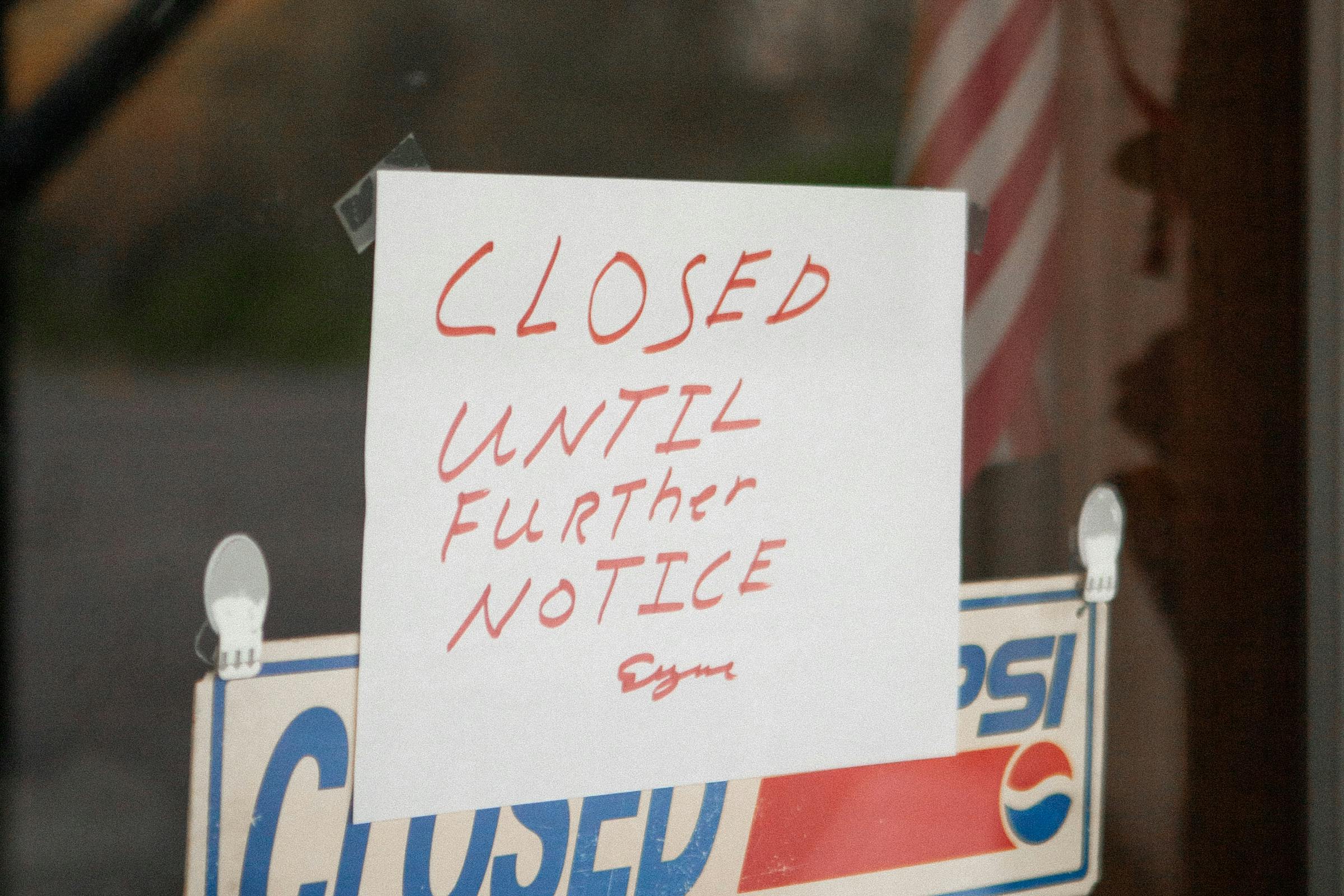Understanding the Wage Level for H-1B Workers
Wages are always somewhat controlled in the United States, beginning with a minimum threshold for hourly workers. But with H-1B wages, this is taken to a new level. A minimum salary for H-1B workers must be paid and equal to or greater than US workers.
Because of the political tension and concerns that foreign workers are displacing US citizens as “cheap labor,” this factor is monitored closely. The US Department of Labor sets the minimum wage for H-1B visa workers.
Eligible workers have a bachelor’s degree (or equivalent) in a specialty field of expertise, with a minimum wage threshold of a prevailing wage of $60,000 annually. However, if the actual wage of the area of employment is higher, the worker must be provided that amount or higher.
Prevailing Versus Actual Wage
As you go through the process of obtaining an H-1B visa, you’ll see two terms pertain to the wages section: actual and prevailing.
The actual wage is what an employee in a particular position in a specific company receives. This may or may not be the typical compensation for that field, as some companies prefer to pay a higher salary to attract and retain talented workers.
Prevailing wages depend on the occupation and region where the foreign worker will be employed. There is an average salary for a particular job, with a minimum threshold of $60,000; the foreign worker should receive that amount or more.
Employers must guarantee that their H-1B visa worker will receive the prevailing wage at a minimum. This requirement ensures that US employers won’t use foreign workers as “cheap labor.”
Wage Setting Policies
Recently, USCIS established four levels of pay for H-1B visa employees. This Wage Setting Policy is enforced by the Department of Labor and includes examples that employers can use to see how the wage rate is determined.
In some states, a state-mandated prevailing wage supersedes the DoL’s determination. Businesses may be impacted by this different wage and should follow the prevailing wage for the higher salary.
The government regulates pay through the prevailing wage law. Employers and contractors are legally mandated to pay their foreign workers a fair and competitive wage for the field in which they are employed. This framework establishes a fair wage, ensures companies don’t pay less than what’s fair to their foreign workers and upsets the balance of average pay for US citizens. It benefits the employers and the employees, leading to higher overall morale and improved working conditions for everyone.
Determining Prevailing Wage
When a US business requests permission to hire a temporary foreign worker through an H-1B visa, it must first obtain a Labor Condition Application (LCA). The form includes an area to input documentation regarding the job and pay. This pay must meet the prevailing wage set by the DoL. The amount is determined by the Occupational Employment Statistics survey (OES) and the Foreign Labor Certification Data Center.
The OES survey covers more than 800 jobs and is conducted annually, compiling statewide and national wage figures. The DoL’s Foreign Labor Certification Data Center hosts the Online Wage Library, which lists prevailing wages.
The minimum wage is necessary to circumvent employers who wish to pay less for salaries than the US requires for its citizens. Changing the rule to ensure foreign workers receive above-median wages keeps the visa program focused on its original goal of bringing in specialized workers to fill gaps in the job market.
What’s Next?
Whether you’re an employer wishing to hire a foreign worker or a potential employee with specialized skills, you want to make sure you’re using the prevailing wage in your H-1B visa application. But with so many different numbers to consider, this can be a tricky process.
At Visa2US, our legal experts know the ins and outs of prevailing versus actual wage, how to find the numbers you need, and the typical mistakes most people make when filing for an H-1B visa. Contact us today to see how we can help you streamline your application and stay within the US guidelines for foreign worker pay.














